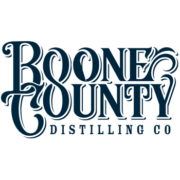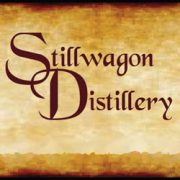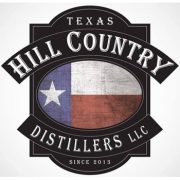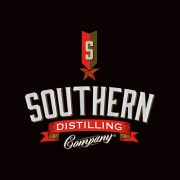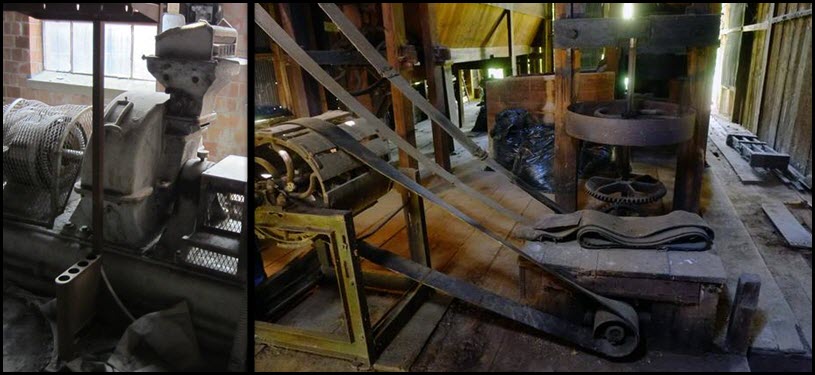
In today’s world of distillery tourism it’s hard to imagine a distillery visit as anything other than a Disneyland like trip for distilled spirits fans. Going to see how your favorite bourbon, whiskey, moonshine, gin, or vodka is made is something to look forward to. If you’re lucky, and you visit on the right day, you might even get to meet the master distiller. Woo-hoo! But, going back to the 1800s and 1900s distilleries were usually off the beaten path and were anything but fun-houses. In fact, many were pretty dangerous places, perhaps not as dangerous as mines, railroads or textile factories but not too far off.
Distilled spirits, more specifically, Bourbon gave the United States its first consumer protection law with the Bottled in Bond Act of 1897, and how the Pure Food and Drug Act of 1906 was influenced by the conflict between “straight” and “rectified” whiskey, but Bourbon lawsuits also give a glimpse of distillery working conditions at the turn of the century, which helped shape future workplace safety laws.
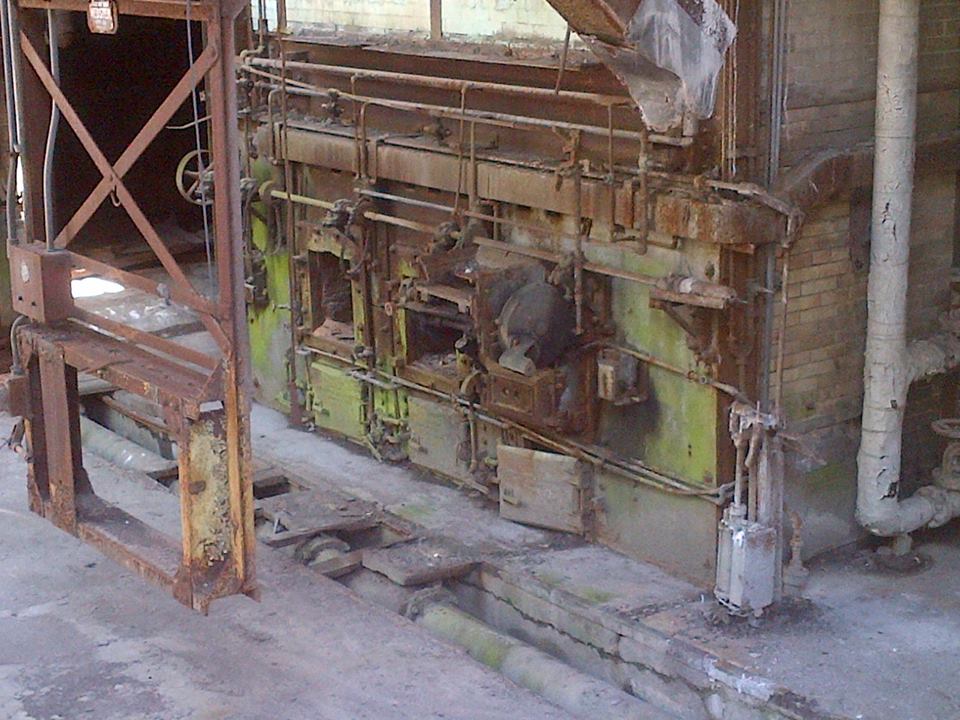
Stay Informed: Sign up here for the Distillery Trail free email newsletter and be the first to get all the latest news, trends, job listings and events in your inbox.
By the mid-19th Century, distilleries were becoming mechanized, and like other factories of the time, they could be dangerous. Industrialization in the United States has a record of pushing for higher productivity, often at the expense of worker safety. Accidents typically did not deter owners because lawsuits could be defended easily; owners could defend claims by arguing that the worker was at fault, that a fellow employee was the cause (instead of the employer), or that an employee should have known better.
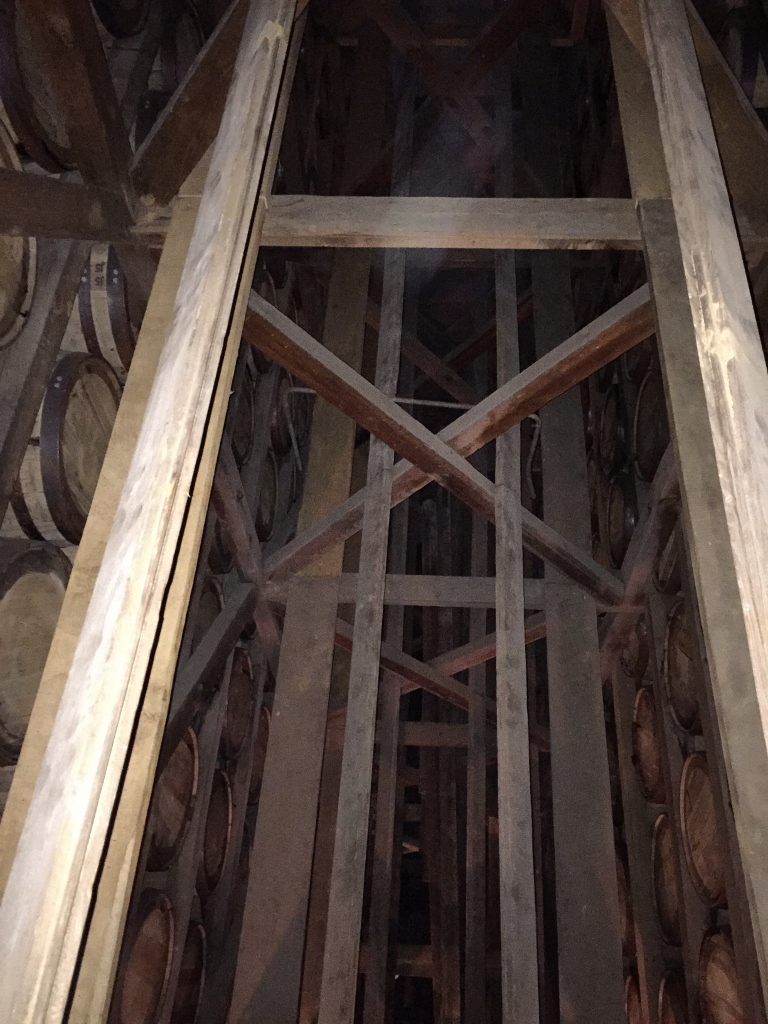
Making matters even more dangerous, the distilleries were factories, but they combined the risks of emerging industrial farms and milling operations with the mechanization of “modern” industry. There were plenty of ways to die in these old distilleries.
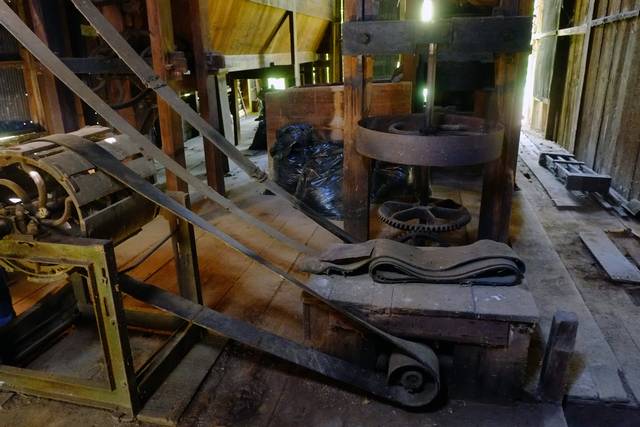
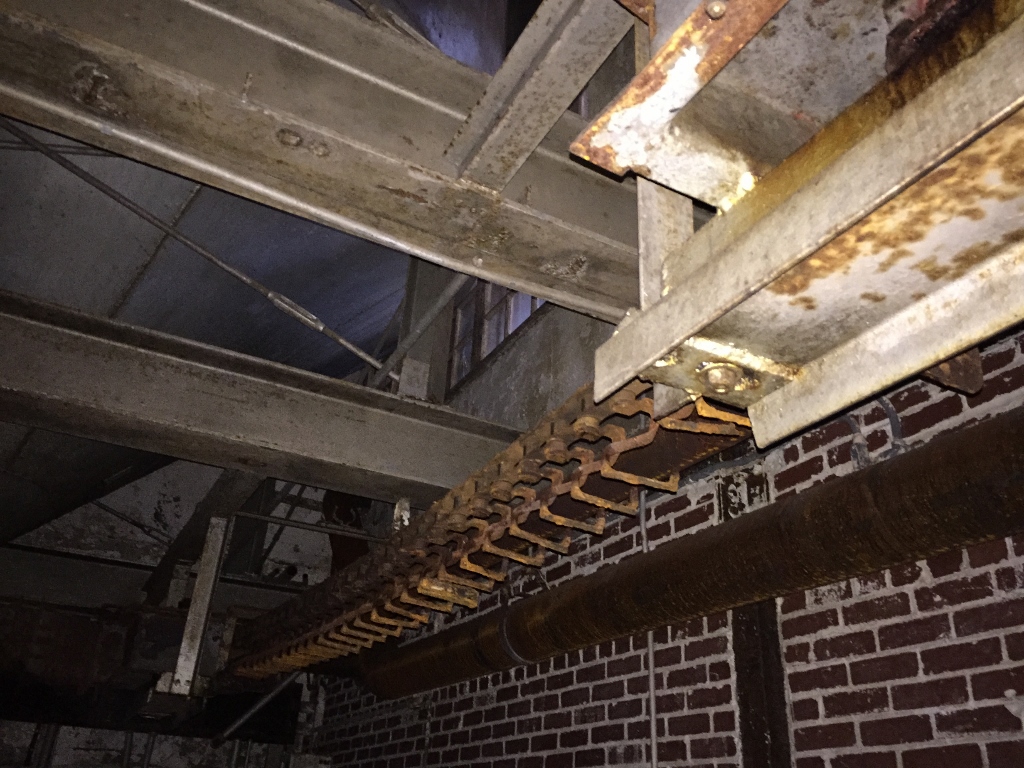
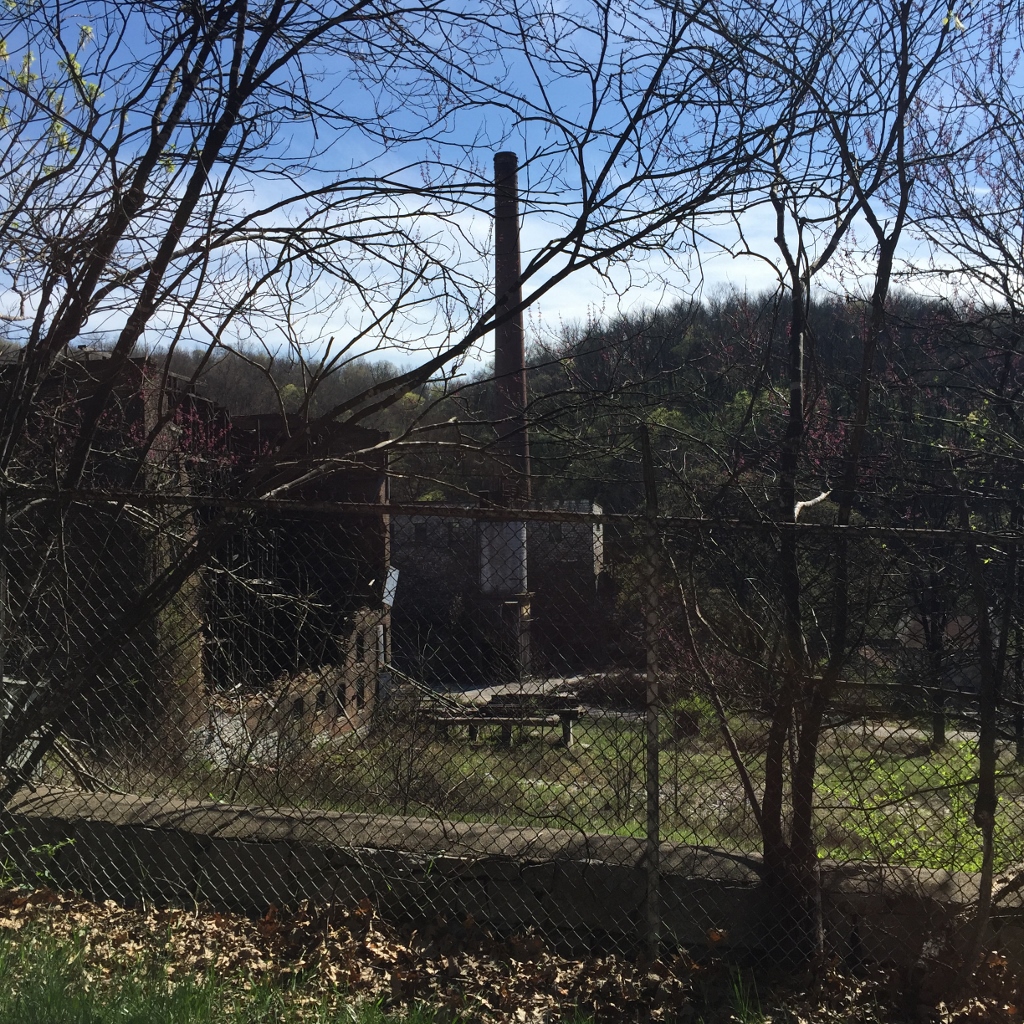
Crushing injuries were just one of many ways to be maimed and scarred working at a distillery. The J. & J. M. Saffell Distillery operated just south of Frankfort on the Kentucky River. When the distillery superintendent asked a 13 year-old boy, who had come to the distillery with friends to pick up loads of slop, to help wash out a vat filled with scalding hot slop, catastrophe could have been expected. He asked the boy to climb to the top of the vat to help guide a hose, and he fell in, suffering third-degree burns to his waist, and “rendering him a cripple for life.” The boy’s story is told in a trio of cases, Wells v. Kentucky Distilleries & Warehouse Co., 144 Ky. 438 (1911), Kentucky Distilleries & Warehouse Co. v. Wells, 149 Ky. 275 (1912), and Kentucky Distilleries & Warehouse Co. v. Wells, 149 Ky. 287 (1912), including a detailed description of the slop tubs and distillery’s slop procedures.
A worker at the Nelson Distillery Company, who was normally assigned to the meal room, was assigned to the mash room on his fateful day. The court in Kentucky Distilleries & Warehouse Co. v. Schreiber, 24 Ky. L. Rptr. 2236 (1903) described the size of the mash room and the mash tub, and the precise location and operation of the pipes leading into the mash tub. Specifically, the cold water pipe was turned on by reaching over the mash tub, but the scalding hot water was turned on out of sight in an adjoining room. Schreiber was instructed to open the cold water valve, but as he leaned in to do so, another employee opened the hot water valve, which soaked Schriber’s head, neck, body, and arms, causing severe burns.
Explosions were common too (and, sadly, they haven’t been eliminated today). In Kentucky Distilleries & Warehouse Co. v. Johnson, 193 Ky. 669 (1922), the distillery was operating its bottling line overnight. The foreman called an employee back in after the end of the work-day, at 8:00 p.m., to dump 10 barrels of Bourbon if the holding tank was empty, so that “the girls” on the bottling line would have work for the night. Noting that federal regulations prohibited the distillery from blending Bourbon from different seasons (meaning that the whiskey was Bottled in Bond), the court explained that the foreman instructed Johnson to look into the holding tank to ensure that it was empty.
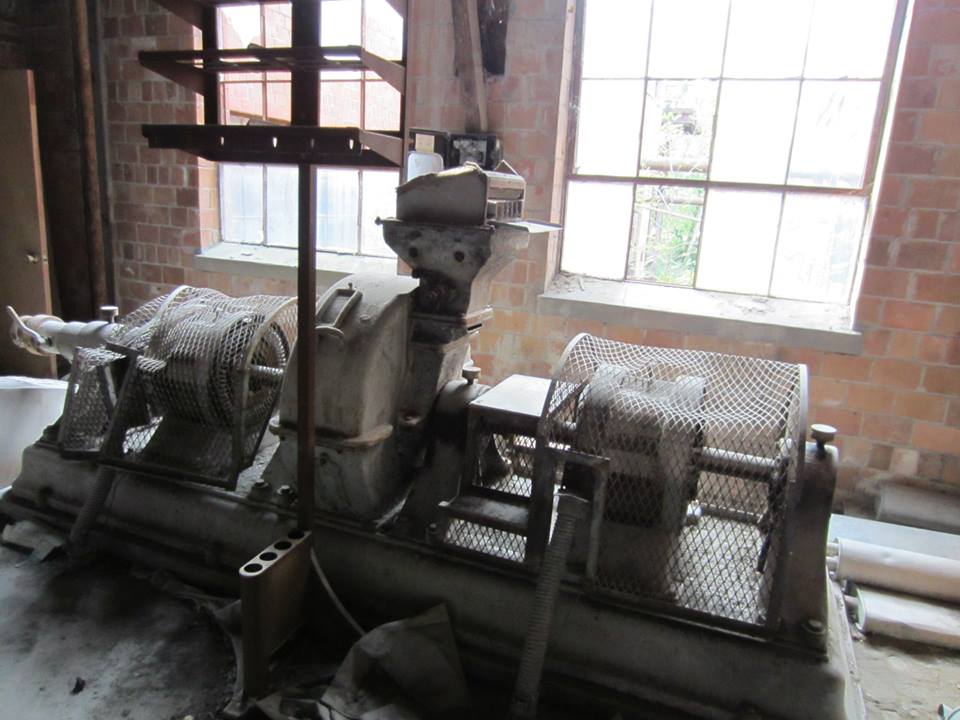
Other distillery workers suffered horrific injuries or died in countless ways, as reflected in this sampling of lawsuits:
- Falling into holes while walking through dark distilleries, for example when mash tubs were removed for maintenance, but no temporary guardrails were installed (Anderson & Nelson Distilling Co. v. Hair, 19 Ky. L. Rptr. 1822 (1898))
- Suffering broken bones or “mashed” legs when barrels of whiskey fell down an elevator shaft (Belle of Nelson Distilling Co. v. Riggs, 20 Ky. L. Rptr. 499 (1898))
- Getting thrown from roofs while raising equipment on block and tackle (Old Times Distillery Co. v. Zehnder, 21 Ky. L. Rptr. 753 (1899))
- Falling down elevator shafts along with full barrels because the ropes used were “old and rotten, and the pulleys out of order” (Kentucky Distilleries & Warehouse Co. v. Leonard, 25 Ky. L. Rptr. 2046 (1904))
- Getting hands caught in grain mills, necessitating amputation (Carey v. W. B. Samuels & Co., 28 Ky. L. Rptr. 6 (1905))
- Falling down open isles in warehouse, because upper levels often did not have walkways, instead requiring workers to climb on the rick structure itself (Wood’s Adm’x v. Daviess County Distilling Co., 31 Ky. L. Rptr. 511 (1907))
- Being violently dragged up a corn conveyor (Eagle Distillery v. Hardy, 120 S.W. 336 (Ky. 1909))
- Falling down elevator shafts, in the dark, where there were no guard rails around the opening (Enos v. Kentucky Distilleries & Warehouse Co., 189 F. 342 (6th Cir. 1911))
Many of these lawsuits provide detailed descriptions of distillery equipment, methods, and job responsibilities, much of which has otherwise been lost as advances were made in the milling, distillation, and warehousing processes, so they are an informative guide to the inner-workings of a turn-of-the-century distillery. The ghastly injuries, though, serve as a reminder of the progress we have made in workplace safety.
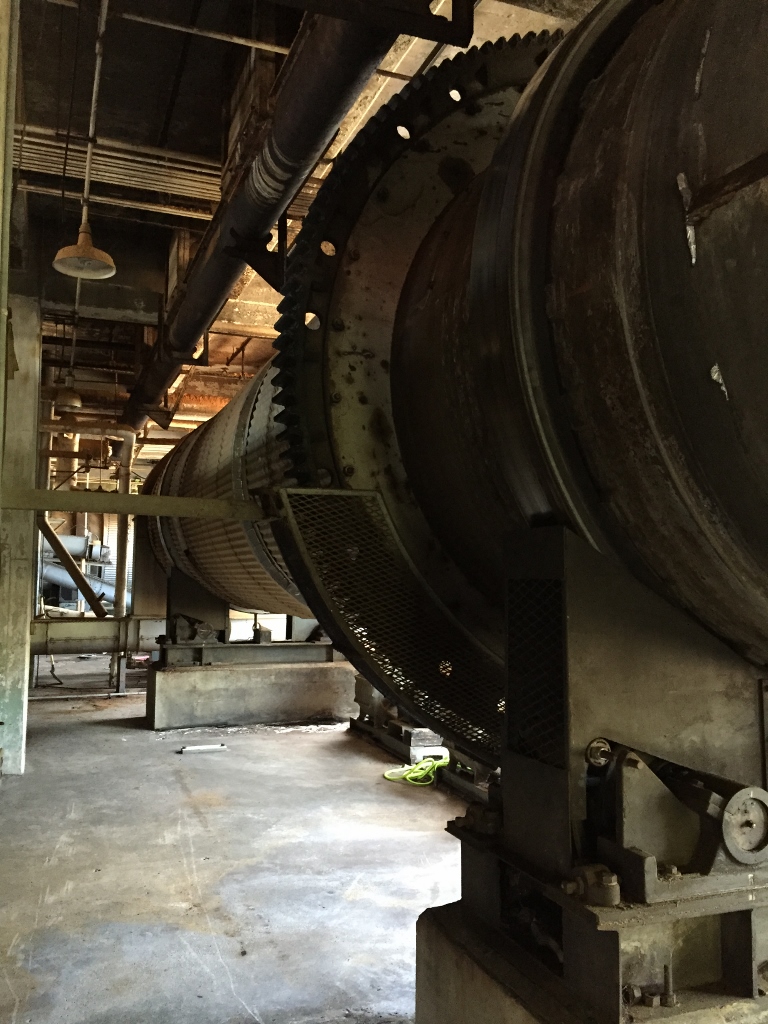
Please help to support Distillery Trail. Sign up for our Newsletter, like us on Facebook and follow us on Twitter.

